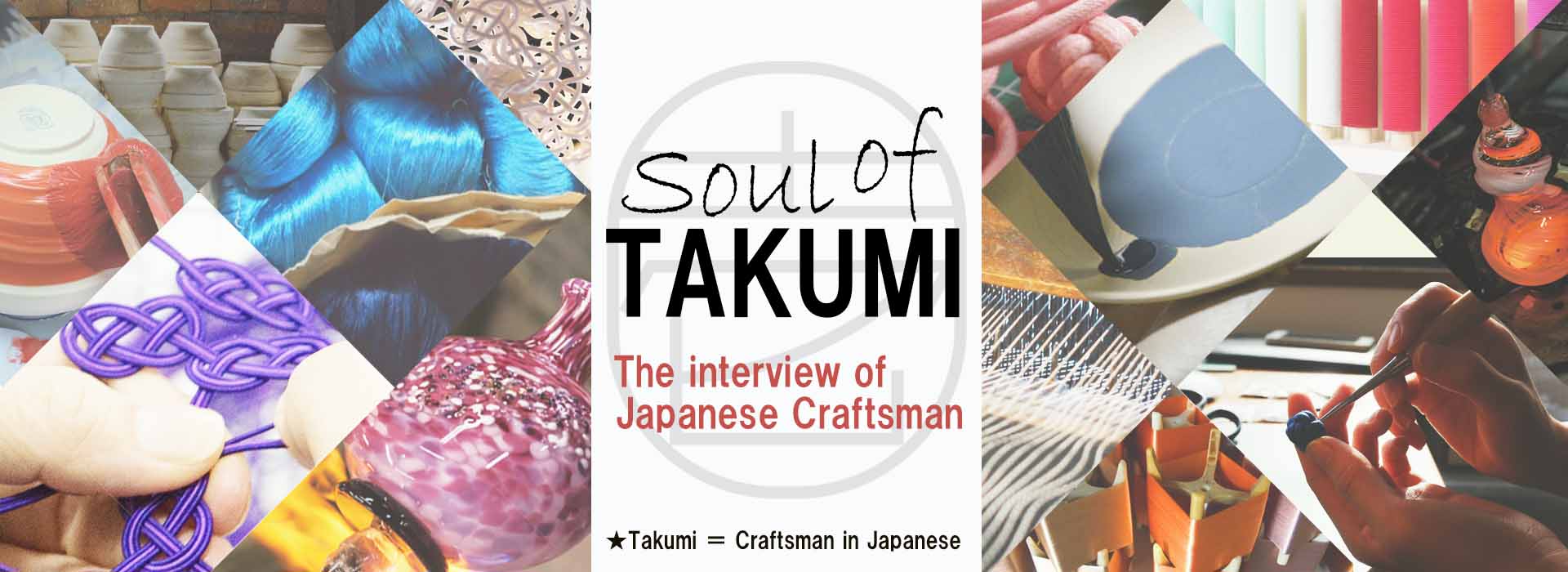Minoru Matsudo
TORAYA: manager of Manufacturing Tokyo Factory
Photos by Tomo Kosuga Text by Tomo KosugaThe Way of the Artisan is an interview series in which we speak with master craftsmen from across Japan about the source of their creativity.
In our eighth installment we visit Toraya, a maker of wagashi, traditional Japanese confections, known to pretty much anyone in Japan, to speak with Minoru Masudo, a true artisan when it comes to making wagashi.
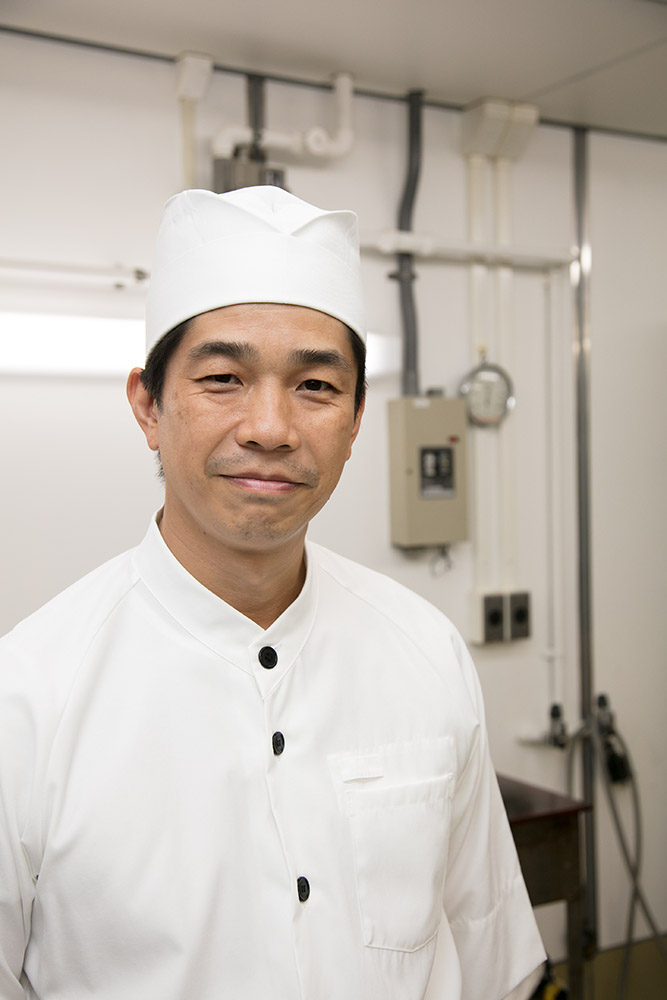
Toraya has been a beloved part of Japanese culture since it first opened its doors in Kyoto nearly 500 years ago during the late Muromachi Period. Given this steadfast history, just how does Mr. Masudo approach crafting confections at Toraya? He was quite happy to discuss some of the new challenges underway at Toraya as well. Furthermore, during the second half of the interview he even gave us a demonstration of how he makes the namagashi (fresh Japanese sweet) known as “sasaguri”.
Now without any further ado, let us delve into the world of Toraya.
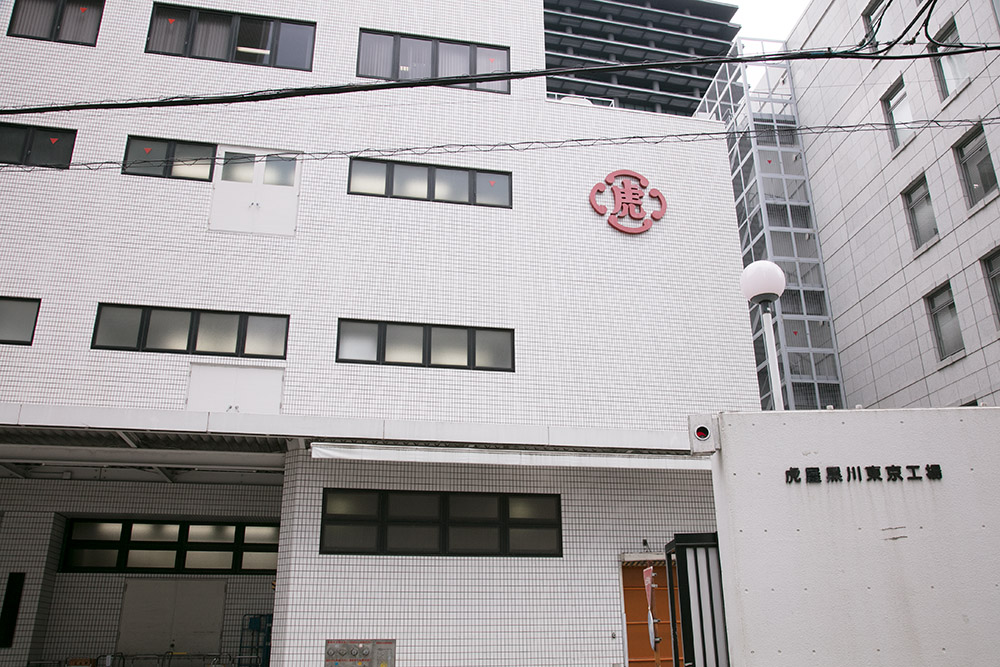
It is said that Toraya was founded in the latter days of the Muromachi Period. Originally in service to the imperial household during the reign of Emperor Go-Youzei (1586-1611), Toraya then opened a second shop in Tokyo coinciding with the transfer of the capital there while also keeping their original location open in Kyoto. Toraya now maintains its head offices, factory, and a storefront near the Akasaka Estate (the Akasaka is currently undergoing renovations and is scheduled to reopen in 2018).
Minoru Masudo, our host for today, was first assigned to the manufacturing department of Toraya’s Tokyo factory in 1992.
“I decided to go with Toraya while I was job-hunting in school because of how simply beautiful the photos of namagashi looked in their company pamphlet. If it meant that I would have the chance to make things like that myself then I wanted to work there. I’ve always enjoyed making things since I was a child, whether it was plastic models of cars or just fooling around with woodworking.”

Mr. Masudo claims that once he starts making something he tends to go all-out. The origin of this trait can be found in his upbringing.
“My mother passed away when I was a fifth-grader in elementary school. That meant I often had to cook for myself even as a child, and may also be why I developed such an interest in food. The high school I eventually went to even had a department of food science, so I was just naturally set upon a culinary path.”
And thus Mr. Masudo found employment at Toraya. In the 17 years since then, he has remained at the forefront of confection-making. Each morning he enters the workshop at 7:30 to begin making fresh sweets to be sold in the shop that day.
“There are 46 people in my production team, with half working on fresh confections and the other half handling those sweets that must be baked. Just the fresh sweets for sale in our shops alone account for six or so different varieties. Each morning we’ll make on average 100 to 200 pieces of each variety. Once that’s taken care of we have a morning meeting followed by a break. Then we’ll do other things like start preparations for the next day’s work.”
When people think of namagashi, they tend to think of sweets designed to suit the season. Toraya rotates in seasonal confections at the halfway point of each month. The lineup for the second half of August 2017 includes delicacies full of seasonal flavor signaling that autumn has arrived like suisenmomiji-gasane (autumn leaf layers) or sasaguri, which Mr. Masudo made for us today.
Is there anything Mr. Masudo is particularly mindful of when making seasonal sweets?
“I try to really feel the seasons and observe nature in my daily life. If I just let the days pass by without really thinking about it, the whole year would end with me only saying ‘It’s hot’ or ‘It’s cold’. I make a conscious effort to look at flowers blooming along the roadside, to gaze at the sky and the clouds.”
At Toraya there are illustrated wagashi design books that has been maintained for generations. They contain images and names of of Toraya’s creations, so they has often served the role of a product catalog in the past. The oldest existing delicacy detailed within them apparently dates back to the eight year of the Genroku Period (1695), so the sample books really remind one again of the long history of Toraya.
What’s even more surprising is that Toraya still makes Japanese delicacies based off of those found in these books. There are apparently around 3,000 different varieties of sweets recorded within them!
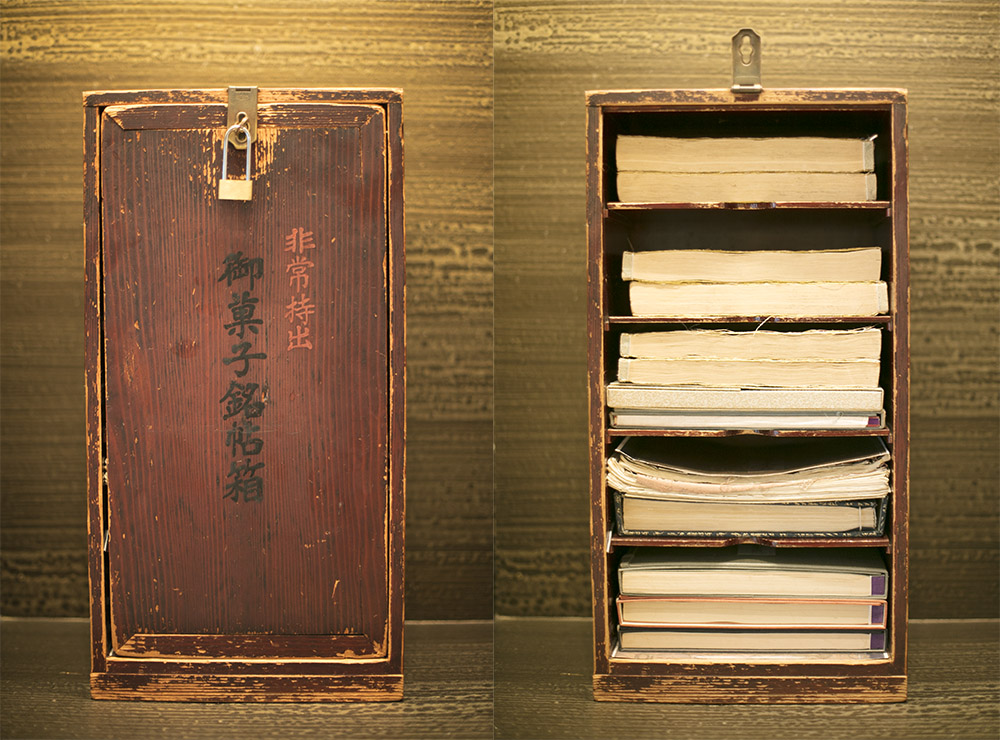
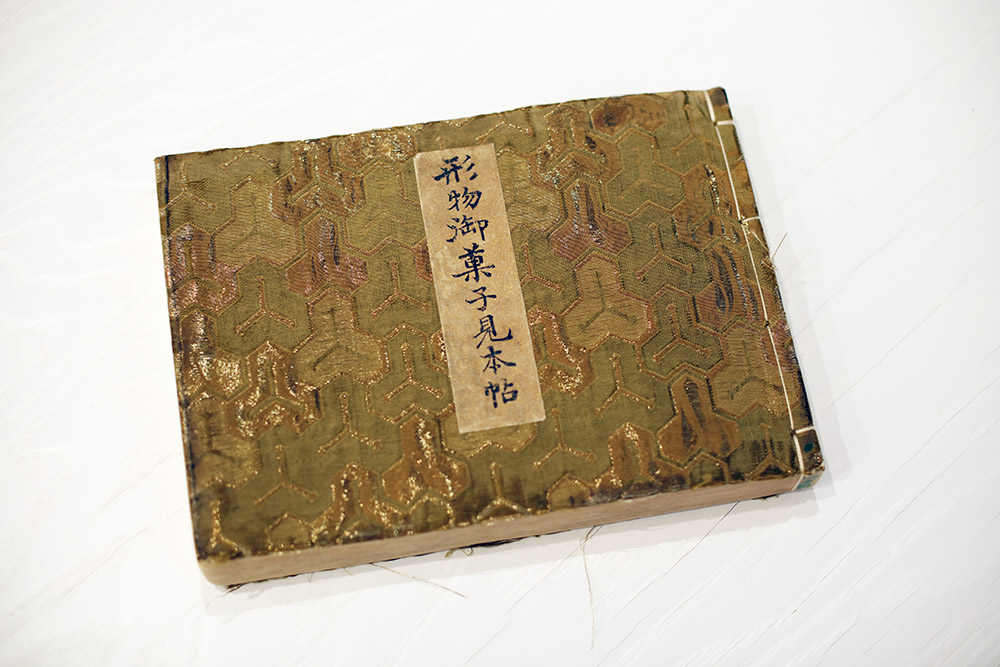
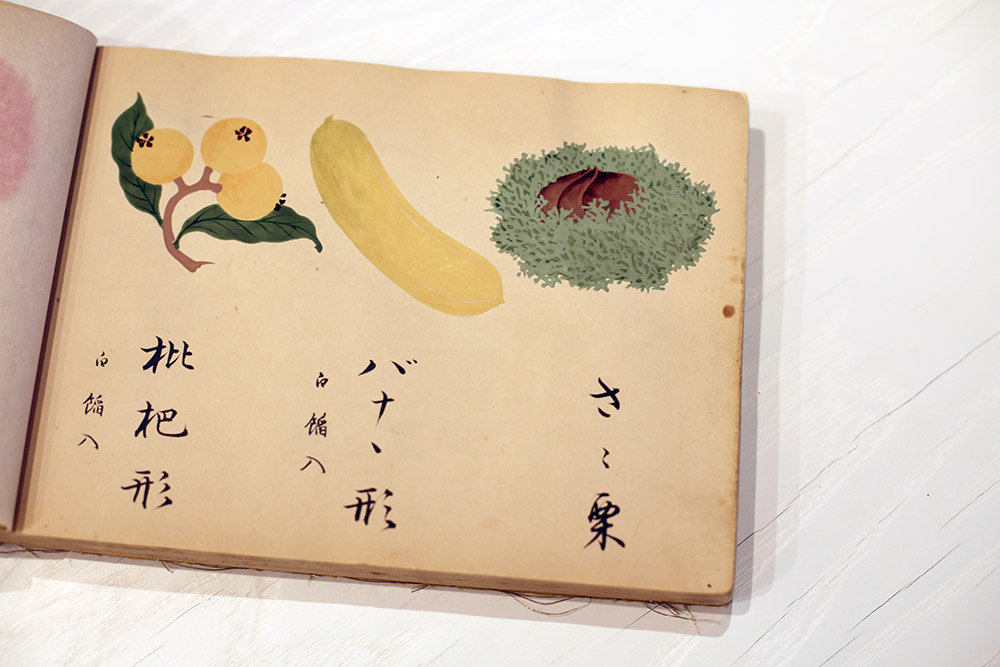
Though Toraya has been a beloved favorite of people in Japan for nearly 500 years, Mr. Masudo states that it is still important to question and rethink their way of doing things and the flavors they have created up until now.
“One of the first things the current head of the company (Mitsuhiro Kurokawa, the 17th-generation owner of Toraya) did upon assuming the helm was start investigating whether our flavors here were infallible. He had employees wear blindfolds and try yokan (gelled sweat bean paste) from other brands, including our own, and then asked everyone what they thought. With such a long history, there are more than a few things at Toraya that tend to get taken for granted or people have come to believe. While the flavors we produce here are those built up by our predecessors, Mr. Kurokawa says that it is also perhaps beneficial to tweak these flavors a bit at a time so that they better fit the times.”
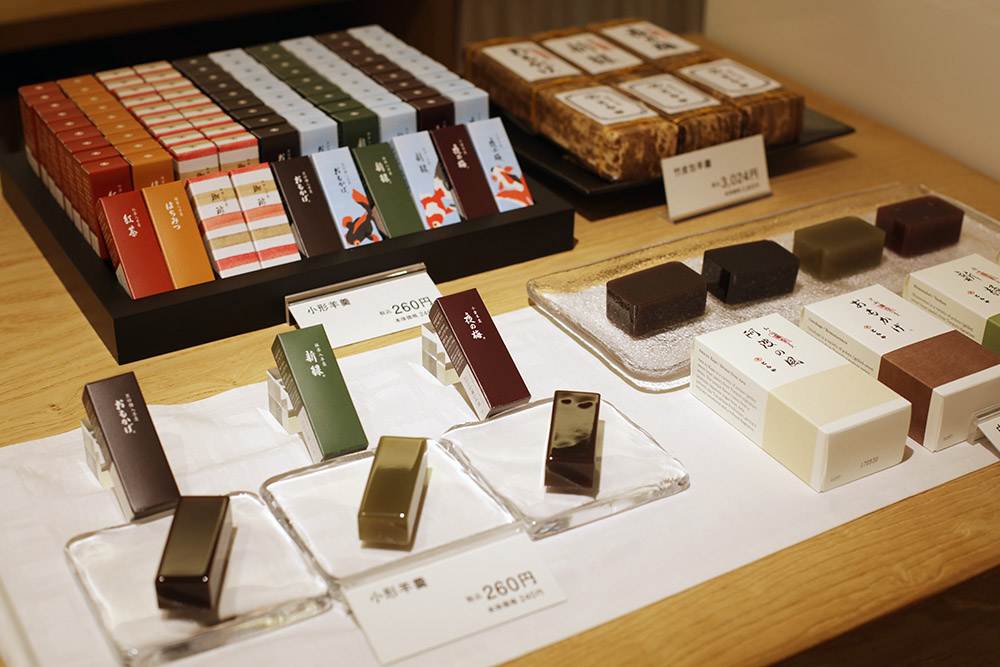
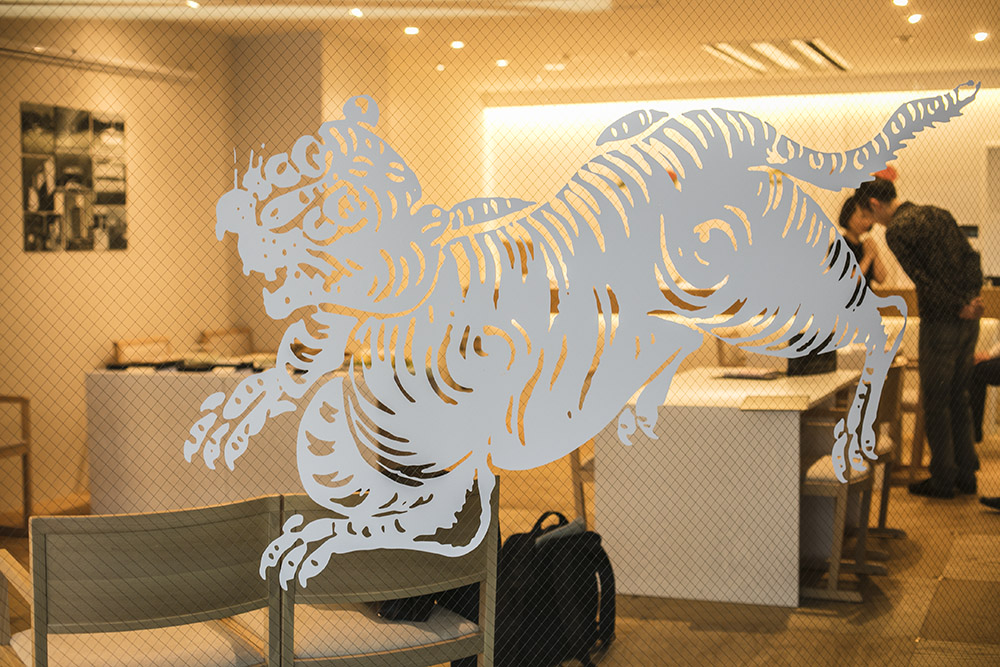
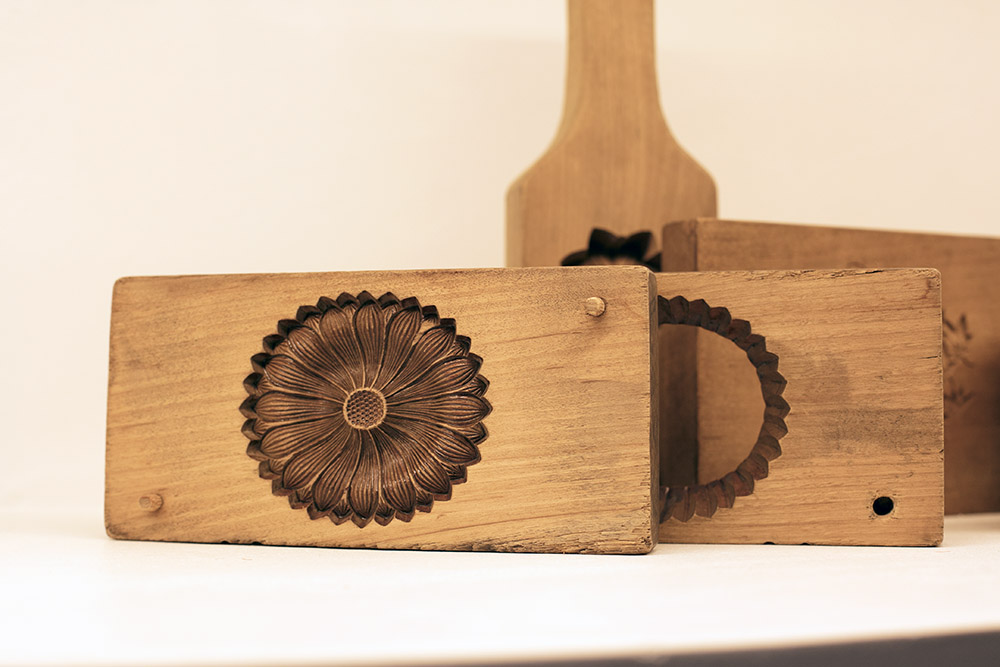
Mr. Masudo was focused solely on making sweets after coming onboard at Toraya in 1992, but in 2009 he moved to the public relations department. After making things for 17 years he suddenly found himself in the place responsible for helping spread the word about Toraya to other people. Just what exactly did this entail?
“When guests come and see how we do things here, the best way to make sure they understand is to give them an actual demonstration rather than simply relying on words and pictures. That’s why Toraya has always made sure there is one person on the PR team that can actually make confections themselves. At the time that role fell on my shoulders.”
Mr. Masudo found himself wondering why he was chosen as he made his transition to PR. He went from his old position of being an expert at making sweets to one that required him to be able to explain not only the history of Toraya but also about the company as a whole, which apparently meant that he learned more than a few new things along the way.
“I returned to manufacturing department after two years in the PR department. Then, four years later I was placed in a role of training my juniors as the one responsible for improving techniques in production. My experiences learning how to share information with others as a member of the PR department came in very handy while doing this.”
Mr. Masudo is now the head of production. He works with his team making sweets, and is also in charge of administrating the factory as a member of management. Now then, let’s have Mr. Masudo make one of Toraya’s season namagashi for us!
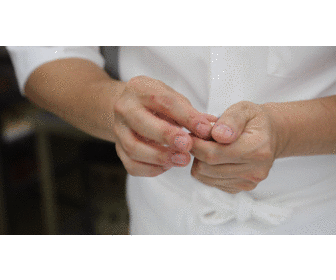
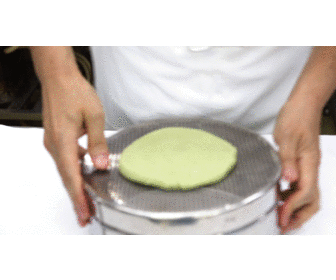
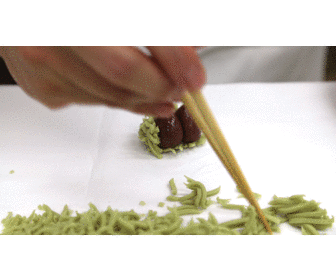
 …You have a completed sasaguri!
…You have a completed sasaguri!
Sasaguri features some complex shapes, and the amount of restraint that needs to be applied means that it is apparently quite difficult to make despite how simple it looks. The chestnut portions of this delicacy are given a sheen by applying melted treacle with a brush. Applying the “soboro” that is the finished touch of this delicacy requires the utmost restraint to ensure that each strand doesn’t get crushed. It supposedly takes a year of training before one is capable of making sasaguri that is fit to put on display in a storefront.
What’s even more astounding is how amazingly real the chestnuts in the dish look! The showy look of sasaguri truly catches the eye, even in the old images found within the confection sample books. The true charm of Japanese confections that tickles people’s fancies isn’t found just in the way they represent nature, but also perhaps in their shapes and colors that act in concert with the current season.
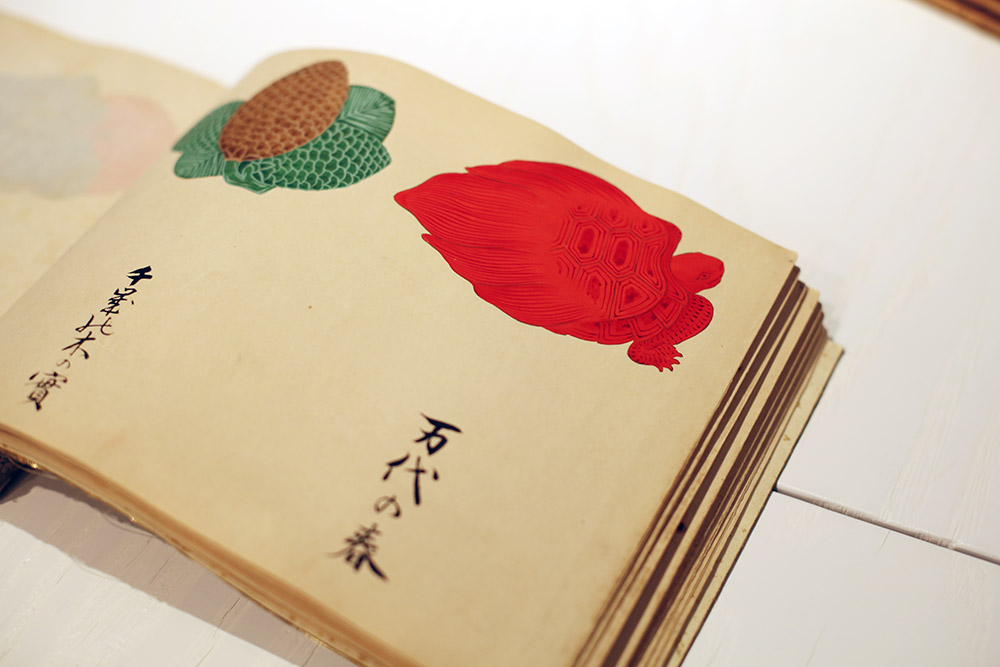
Toraya’s lineup of namagashi rotates every half month in order to keep up with even the slightest shift in seasons. With this in mind, it might be possible to encounter new tastes while snacking on these Japanese savories.
Sasaguri, the seasonal sweet from Toraya featured in this article, is available at their locations from August 16 (Wednesday) to August 31 (Thursday). Don’t miss the chance to experience the texture of the carefully wrapped “chestnuts” and the soboro, which requires such precise restraint in order to resemble the case, for yourself.
Ichi Point also has a selection dishes that are perfect for enjoying Japanese sweets. Be sure to find a set to go along with some delicacies from Toraya.




